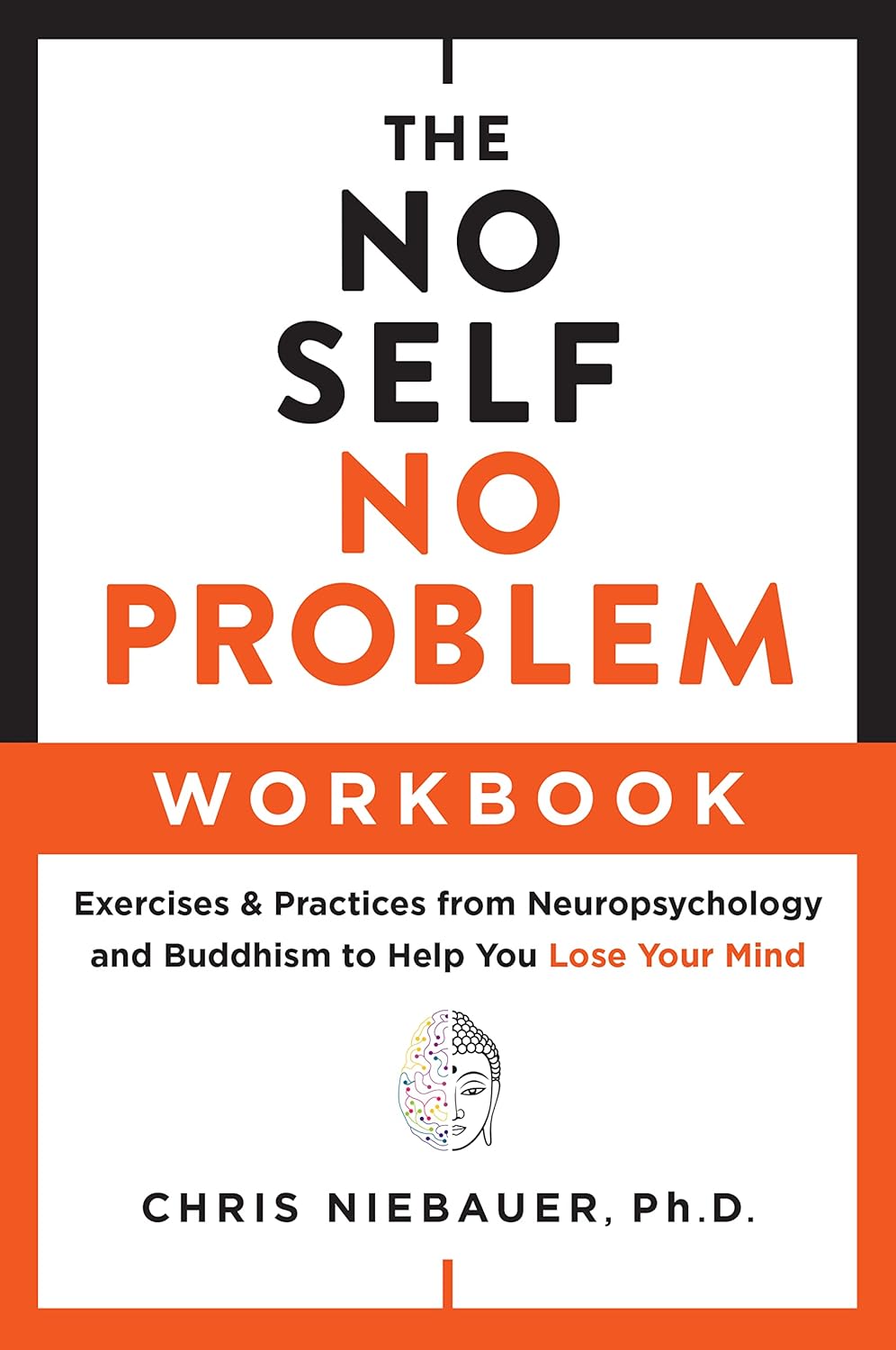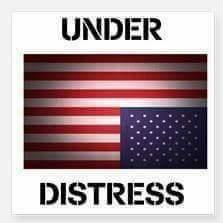It’s wintertime, so I’m on a reading jag. The most recent, totally fascinating title I’ve read is THE NO SELF, NO PROBLEM WORKBOOK by Chris Niebauer.

At the beginning of the book, the author assures the reader that it isn’t necessary to have read his book, No Self, No Problem before using this workbook. That was reassuring.
Now that I’ve read the workbook, though, I have ordered the original because I got a lot out of the workbook. (The books are only 99 cents each at Amazon right now, so why not? Decided to “splurge”! HA!)
NO BABE IN THE WOODS ON THESE TOPICS
To be clear, I’m already well versed in both neuropsychology and Buddhism, so nothing in the workbook surprised me all that much. BUT because of the ways the author explains and uses the insights in both areas are novel, I experienced a series of AHA! moments to help deliver additional wisdom so I can make actual use of the information inside the workbook. I plan to give this workbook a 5-star review when I get around to it. I’ll likely do the same with the original book, too, after I’ve read it.
Recent revelations in neuropsychology dovetail precisely with what Buddhist and other eastern philosophies have been teaching for eons: that it is how we mistake our thoughts as rock-solid proof that brings psychic suffering. It’s only when we learn how to separate our universal consciousness from our thoughts that we gain enough distance and perspective to realize that we’re generating our own torment.
THE WEST REVERES AND PROMOTES LEFT BRAIN ANALYSIS, THE EAST CRYSTAL-CLEAR CONSCIOUSNESS
Here in the west, “losing one’s mind” is a downright frightening thought. But in the east, losing one’s mind (by mind, here, the author means our left brain’s insistence on analysis and on watching for every possible perceived threat) is the path to serenity and universal peace.
RECENT EVIDENCE OF THIS FACT IN MY LIFE
Despite my best efforts to keep precise, painstaking records of all my income and business-related expenses, and despite the fact that I ran several “dry runs” of my potential tax burden online using the tools available to me there, I was still worrying that I hadn’t taken out enough estimated taxes during 2023 to make sure I’d break even or get a refund. I went to the tax preparer feeling anxiously hopeful and far from assured. I was still white-knuckling the matter, assuring myself that if I owed more, I had enough in liquid assets (savings) to cover a lot more than I could possibly need. I was making myself miserable!
My left brain was doing exactly what it evolved to do: look for potential pitfalls/problems/predators
Let’s not fault our left brain for doing what it evolved to do: keep us safe from every foreseeable potential threat.
The problem lies in the fact that our left brain doesn’t ever have all the facts, so it’s always on red alert. It can’t predict the future; it can only anticipate various scenarios based on our previous lived experiences or what it has gleaned by watching other people experience challenges. It kept telling me, “Last year you underestimated what you owed by more than three thousand dollars. You might have done the same thing this year, so anticipate that eventuality.”
Thanks a lot, Left Brain!
I’m good at surgery. I never worry about surgeries, as most people do.
I rarely “borrow trouble” until tax time because I realize that most of what people worry about gets overblown in our minds and makes us crazy emotionally. We catastrophize because our left brain absolutely insists on it.
BUT WE CAN BREAK THE CYCLE BY NOT BELIEVING EVERYTHING WE THINK
The workbook does a masterful job of showing us how frequently fallible our left brain is. I don’t want to give away the farm by citing examples, because I encourage you to get the book and to encounter it in the same way I did. But if you do the exercises, you will quickly discover how frequently your left brain gives you answers that seem unassailable until you look a little closer. And just breaking the habit of believing everything you think is a monumental leap in the right direction.
If you experience frequent anxiety, panic attacks, or catastrophic thinking, I think this workbook is just what the doctor ordered to help you embrace the NOW and leave regrets in the past and imagined torments about the future. What you’ll have left is an eternal “now” (which is all any of us ever have, in reality) in which to realize you’re presently doing pretty darned well: you have a roof over your head, food in the fridge, people and animals to love, and everything else you absolutely NEED to stay alive or you’d be dead already and unable to read this or worry about a single, solitary, additional thing.
Bottom line: do what you can to mitigate against likely future challenges and then forget about it, since you’ve done all you can to create the outcome you want. Put some money in savings (even if it’s only $5/month!), vote when it’s time, and do whatever else you need to help ensure that your next “now” is one you’ll enjoy experiencing.
Do something (no matter how small) as often as you can to help ensure that your next now is a pleasant wow and tell your left brain to take a hike whenever it tries to bullyrag you into catastrophic thinking again. Your left brain is not a fortune teller. It is usually a monumental deceiver/fabricator/exaggerator!!!



